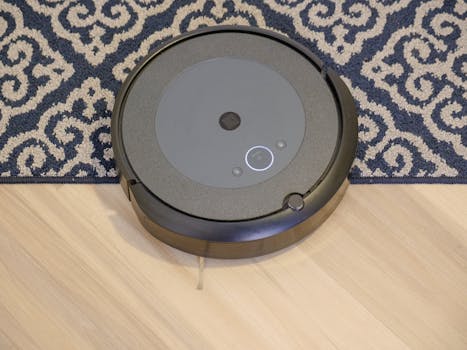
Smart Homes and Smart Living: The Technological Transformation of European Homes by 2025
Smart Homes and Smart Living are revolutionizing the way Europeans live, work, and interact with their living spaces. The integration of cutting-edge technologies, such as artificial intelligence, Internet of Things (IoT), and data analytics, is transforming the European home into a hub of innovation, convenience, and sustainability.
The Current State of Smart Homes in Europe
The European smart home market is growing rapidly, driven by increasing demand for energy efficiency, home security, and convenience. According to a recent report, the European smart home market is expected to reach €23.4 billion by 2025, with a growth rate of 14.5% per annum. The UK, Germany, and France are leading the charge, with a significant number of households already adopting smart home technologies.
Key Features of Smart Homes
So, what makes a home smart? Some key features of smart homes include:
- Energy management systems that optimize energy consumption and reduce waste
- Home automation systems that control lighting, temperature, and security
- Voice assistants, such as Amazon Alexa or Google Home, that enable voice control and interaction
- Smart appliances, such as refrigerators and washing machines, that can be controlled and monitored remotely
- Advanced security systems, including biometric authentication and motion detection
The Benefits of Smart Homes
The benefits of smart homes are numerous and significant. Some of the most notable advantages include:
- Energy efficiency and cost savings
- Increased convenience and comfort
- Enhanced home security and safety
- Improved health and wellbeing, through advanced air quality monitoring and purification
- Increased property value and appeal
The Future of Smart Homes in Europe
By 2025, smart homes and smart living will become the new norm in Europe. We can expect to see even more innovative technologies and features integrated into our living spaces, including:
- Artificial intelligence and machine learning, to optimize energy consumption and predict maintenance needs
- 5G connectivity, to enable seamless and high-speed communication between devices
- Augmented and virtual reality, to enhance entertainment and interaction
- Biometric authentication and advanced security systems, to protect our homes and identities
Conclusion
In conclusion, the European home is undergoing a significant transformation, driven by advances in technology and changing lifestyles. By 2025, Smart Homes and Smart Living will become the new norm, offering unparalleled convenience, efficiency, and sustainability. Whether you’re a homeowner, renter, or property developer, it’s essential to stay ahead of the curve and embrace the benefits of smart homes and smart living.






